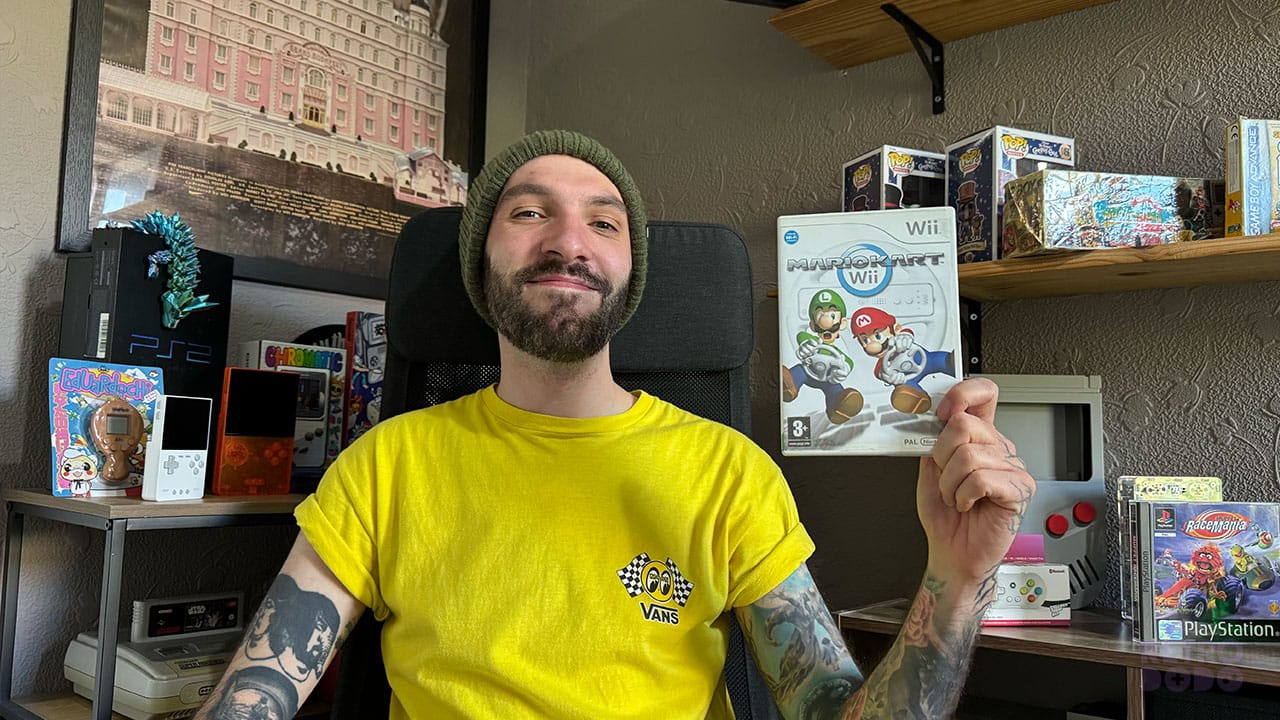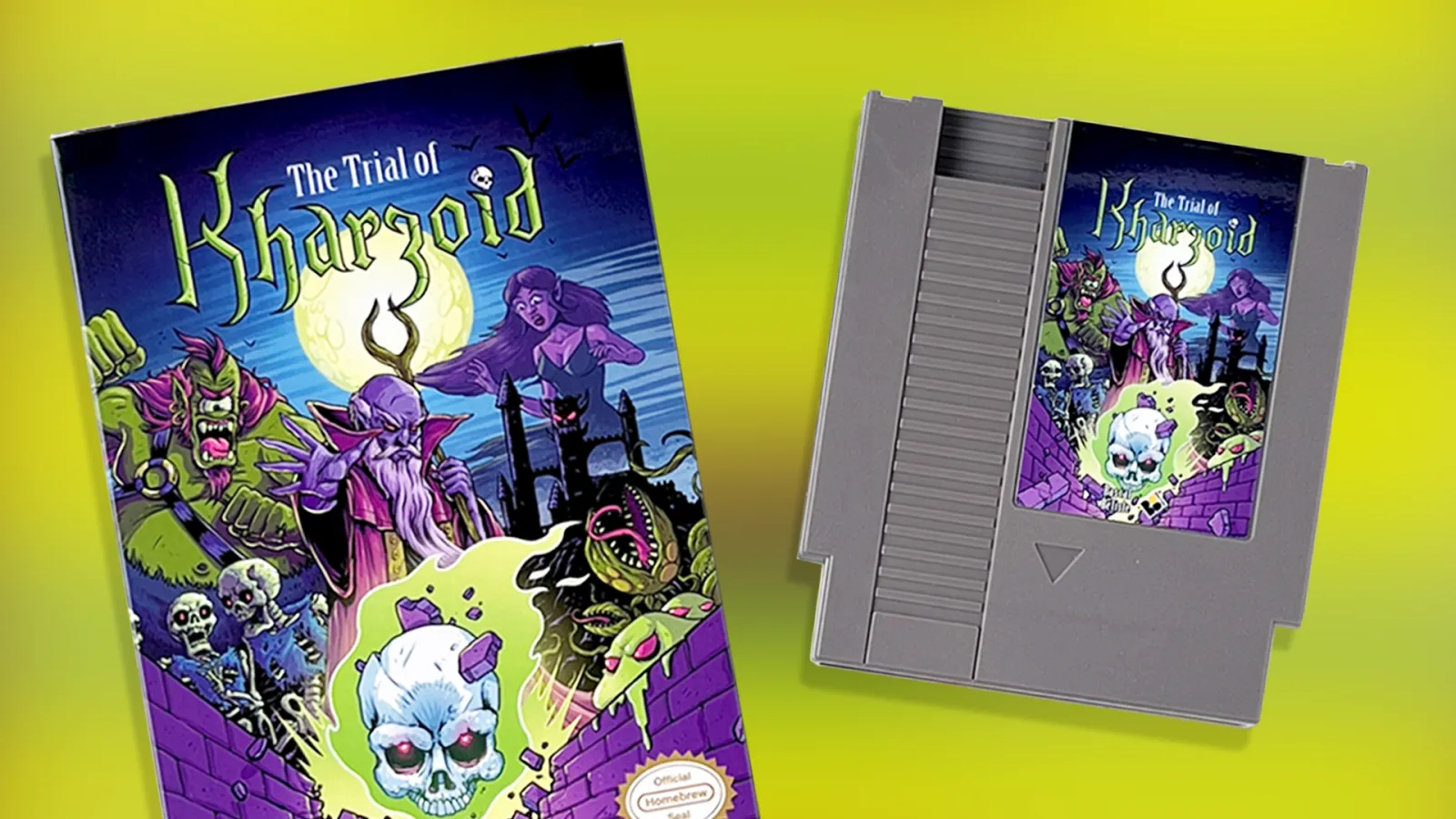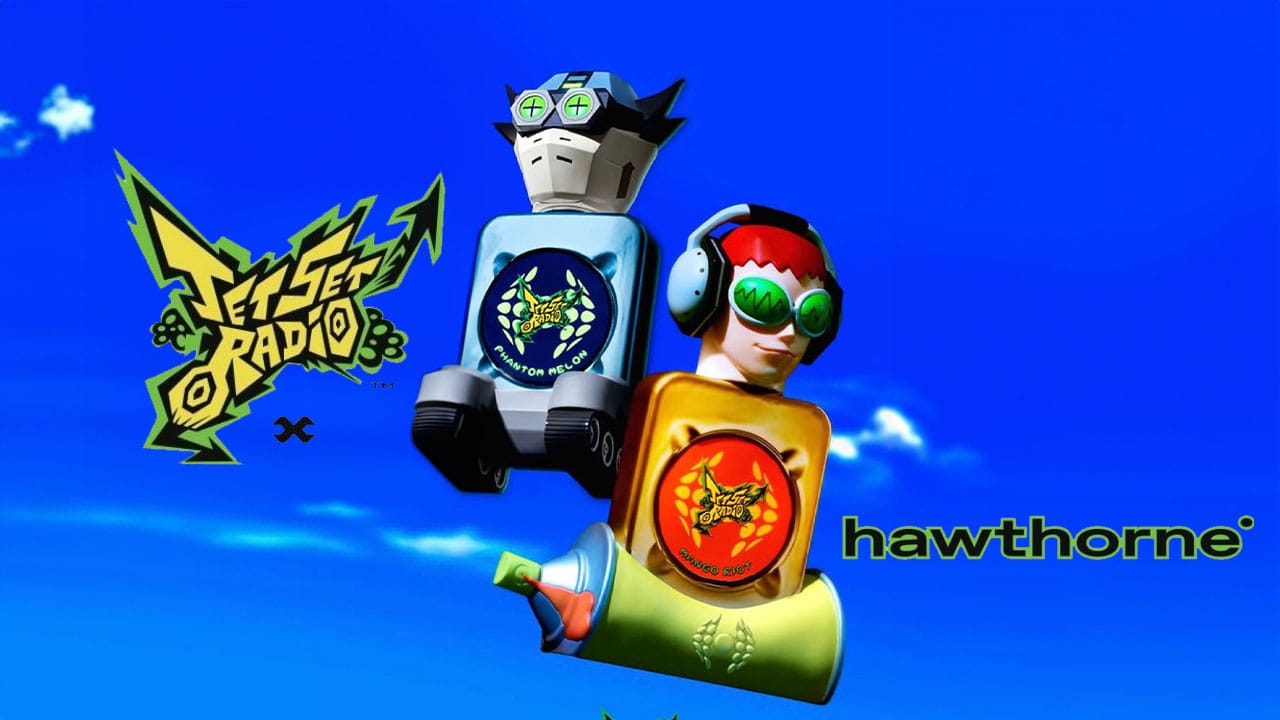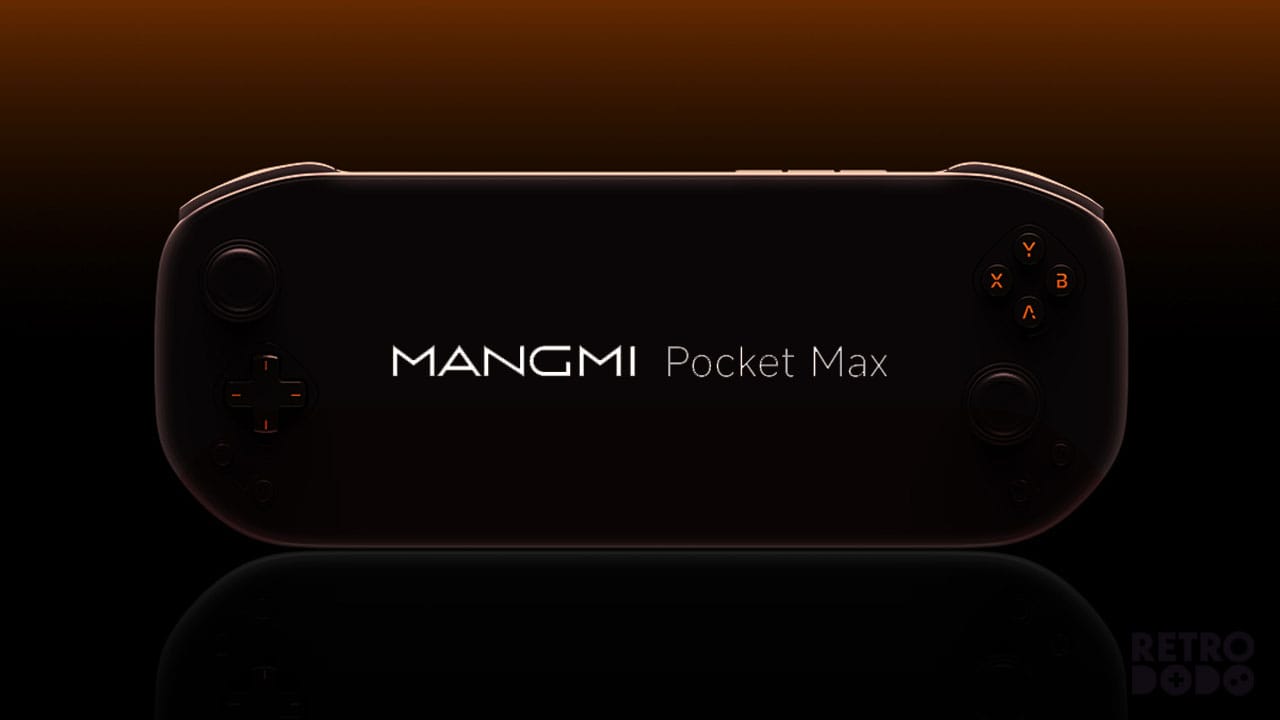Even if you aren't one of the infamous controller-turners when playing racing games, you'll definitely know one. Growing up with racing games on the N64 and GameCube, I used to see my dad moving the controller like it was a wheel, tilting it left and right to the point where the cable was at breaking point. It's a standard reflex for many people who drive, but as my dad hasn't ever learned to drive in his life, I think it was just a case of him being over excited.
Still, when the Nintendo Wii released back in 2006, these over-excited gamers finally got the level of control they had always been dreaming of with the arrival of motion controls, tilting the Wiimote left and right and tying their arms up like a pretzel in the process. And the game that promoted it the most was undoubtedly Mario Kart Wii, the long-awaited entry in series that has famously made racing games accessible to gamers of all ages and abilities over the years (and I say that because Mario Kart 64 was the only game my Grandma could ever get her head around).
As it's 17 years since Mario Kart released on the Wii in Japan, I wanted to take a look back on what is undoubtedly one of the most influential titles in the series in terms of pioneering motion controls, the courses that have become firm fan favourites (you know I'm talking about Coconut Mall), and to create an excuse for us all to talk about the times we've narrowly snagged victory in the comments section below!
The Game Of A Generation
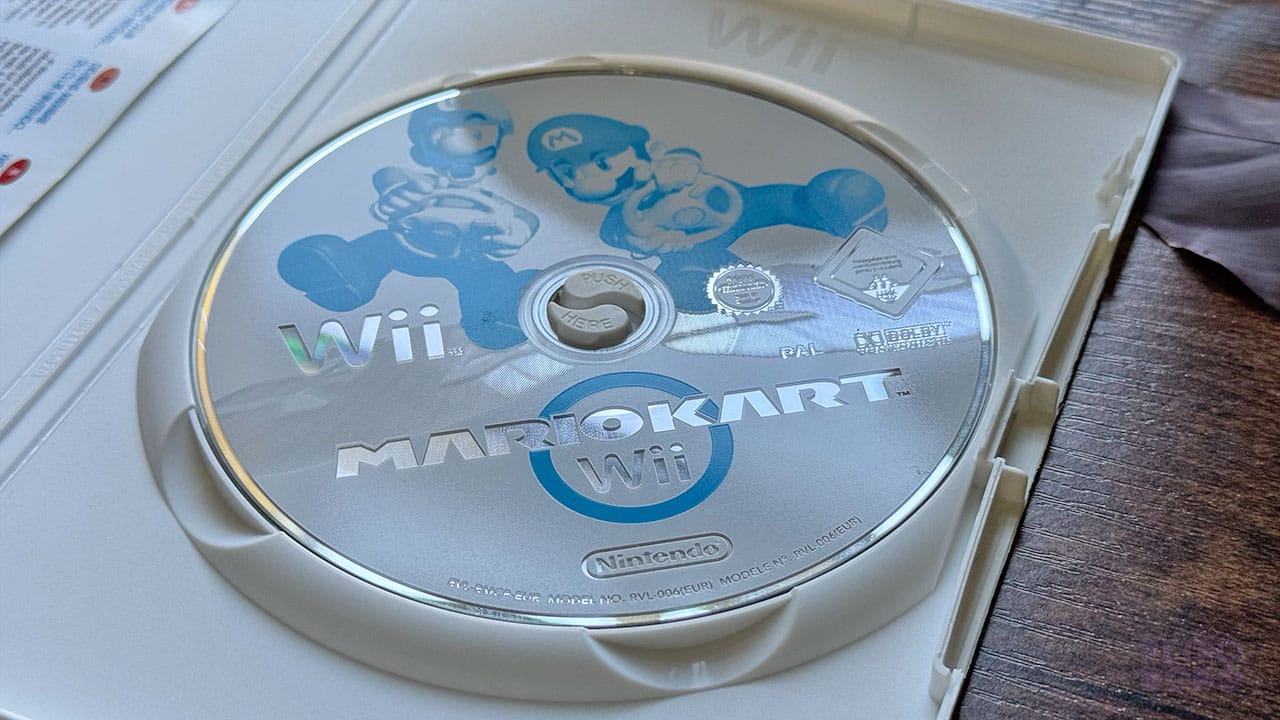
While I grew up on a healthy diet of Mario Kart 64 and Double Dash, many gamers think of Mario Kart Wii as ultimate Mario Kart game. The Nintendo Wii was miles more successful than the N64 and the GameCube put together, so it's not hard to see why, especially with the ease that gamers could play thanks to the motion controls (which I'll come onto in a second).
Sure, there were subtle nods to the old guard with the likes of Moo Moo Meadows instead of Moo Moo Farm and the inclusion of tracks from previous iterations of the game, but the arrival of bikes as options as well as karts, new characters like King Boo and Dry Bones joining the fray, a new generation of courses; it was unlike anything that had come before.
I know we say that a lot in the gaming industry because that's the whole premise of things that are 'new', but this was different. It wasn't just Mario Kart 2.0, it was Mari Kart untethered and the biggest mix-up in the series until the recent announcement of Mario Kart World. I can't tell you how many hours my friends and I put into this game and the number of arguments we had over the fact that I only had 2 Wii Wheels, a fact that prompted me to eventually go out and buy two more just to avoid the delays to game time.
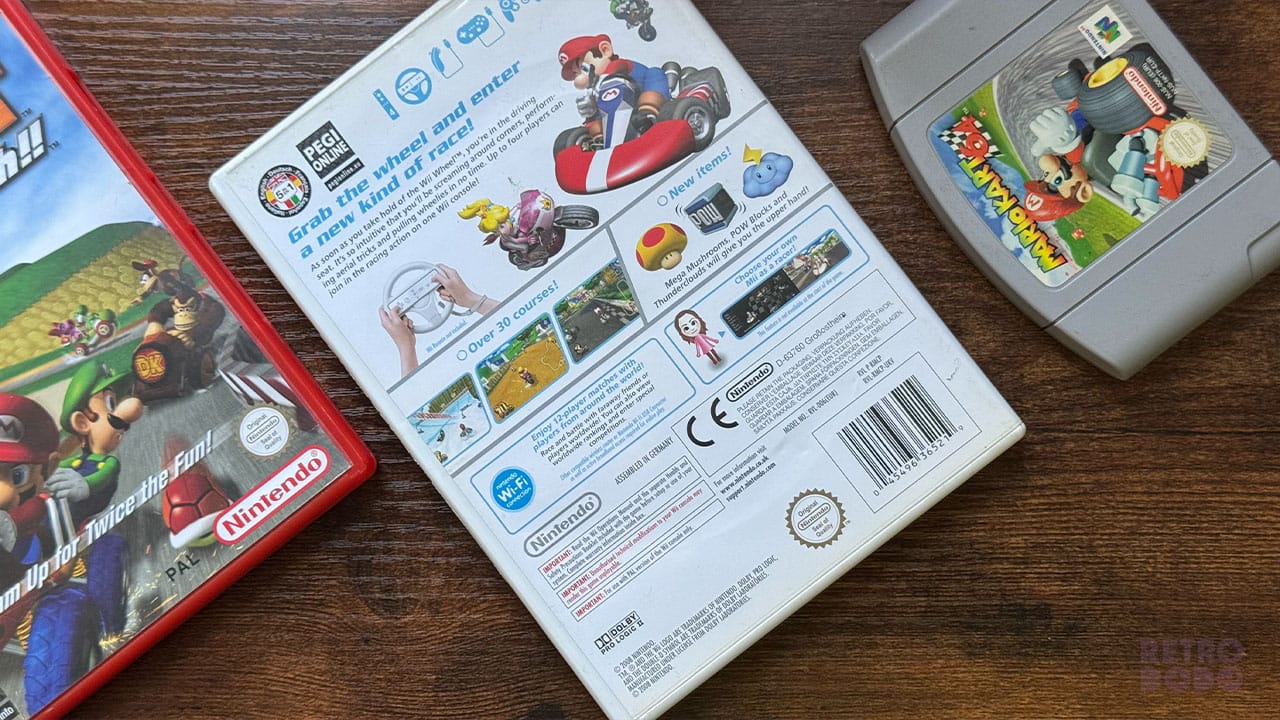
Mario Kart Wii felt different enough while righting the weird wrong that Nintendo made with Double Dash; the idea of having two characters per kart was novel for sure, but no one really wants to just sit and throw the items in a multiplayer race. Yes, there's a semblance of skill involved with throwing a shell in terms of timing it right, but you're essentially doing the entire job of the driver's spare finger who would normally throw the shells and bananas. One character, one kart, new courses, and racing as Miis - back in 2008, it was the only multiplayer game anyone was talking about and the main reason I did terrible on my Maths GCSE exam.
The Courses Where We Honed Our Craft

Admittedly, I honed my craft on that single shortcut on Koopa Troopa Beach, but if it wasn't for the amount of time I spent playing competitively with friends on Mario Kart Wii, I would have had a seriously bad time playing Mario Kart 8 and 8 Deluxe on the Wii U and Switch (or worse of a time than I already have at any rate...).
I was recently playing the Switch with my friends Tom and Kelsey, and as soon as the theme tune for Coconut Mall came on they were hooked. They went straight back to being 8 years old (they're younger than me, though apparently I can't legally hold that against them) and when they discovered the courses for the very first time. The same goes for classic Wii tracks like Wario's Gold Mine; they might have been spruced up and feature new mechanics to make them more exciting for new audiences, but they still have all the same charm, the same thrills, and the same features that still make them some of the most captivating levels in the series.
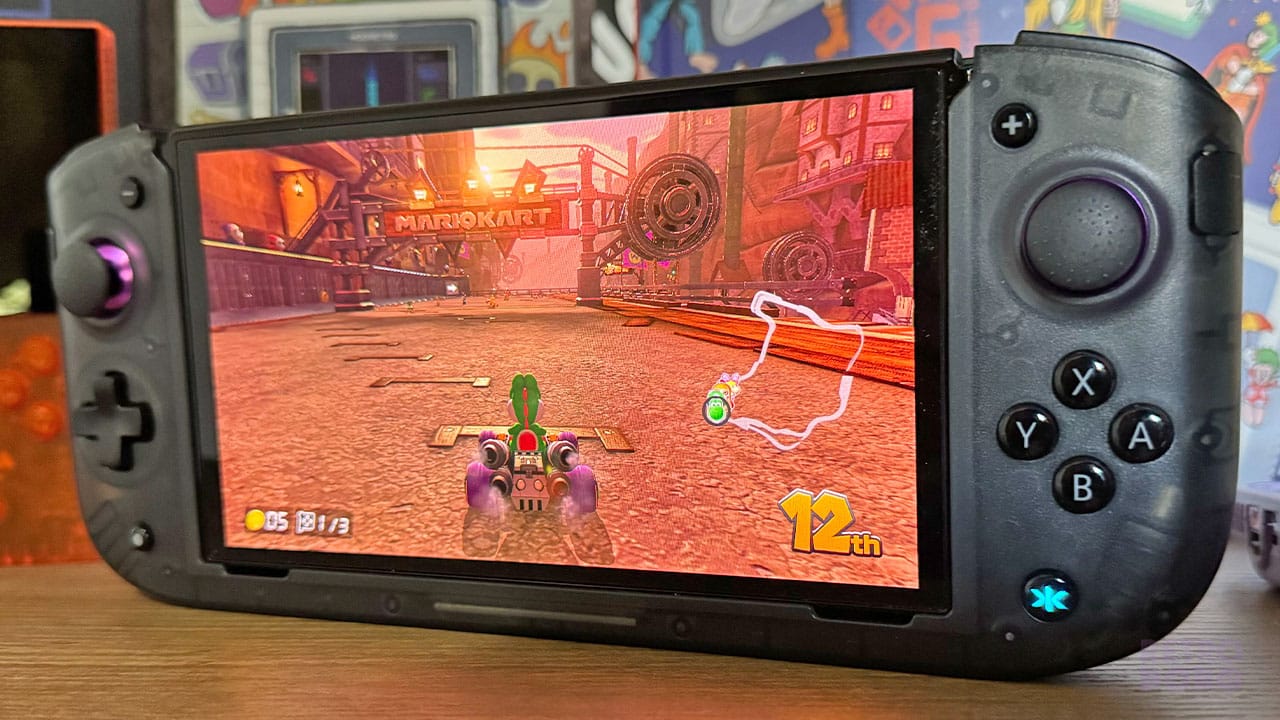
And then there was the whole notion of being able to get online and play gamers around the world on the big screen. Sure, we'd had WiFi multiplayer on the DS, but this felt more serious, more competetive, especially seeing all the Miis lining up on the screen from around the globe waiting to show you how better they were than you - the true spirit of friendly competition
Shigeru Miyamoto spoke to Satoru Iwata abut the internet capabilites of Mario Kart Wii, saying 'Mario Kart Wii is, fundamentally, a game that you enjoy communication with others. On the surface it looks like a racing game, but it’s a product where it doesn’t have to be about racing at all, so if you connect it to Wi-Fi, it’ll feel like the Mario Kart experience just grew by four times.'
He went on to say that 'Miis appear, and you can connect to the Check Mii Out Channel, and, while connecting to the world was also possible with the DS, this time you will realize the game has become a communication tool that you can play with an even greater sense of connection to the world.'
The Wii Wheel

Who knew that a simple plastic wheel would turn a great game into a phenomenon (or cause as many arguments). The Wiimote itself had some groundbreaking technology in it, yet it was the white plastic steering wheel we all really went crazy for.
Speaking in an interview as part of the Iwata Asks series, Miyamoto said 'A steering wheel is so easy to understand. Almost everyone has the experience of using some kind of steering wheel, from riding toy cars with pedals as children, to driving real go karts at a theme park. Everyone knows how to turn the wheel right in order to go right. Besides, I kind of wanted to make a product that would come in a big box for a change!'
Kenichiro Ashida of Nintendo's Product Development Department added that the team went through about 30 iterations of the wheel before they found the right design. 'With regard to weight, we thought carefully about how many grams would best suit gameplay. When considering durability, we wanted to make something strong using thick materials, but increasing the weight by even 30 grams would have been considered too heavy for some people. We eventually designed it to be as light as possible so people could use it for a long time without getting tired too quickly.'
Miracle Motion Controls
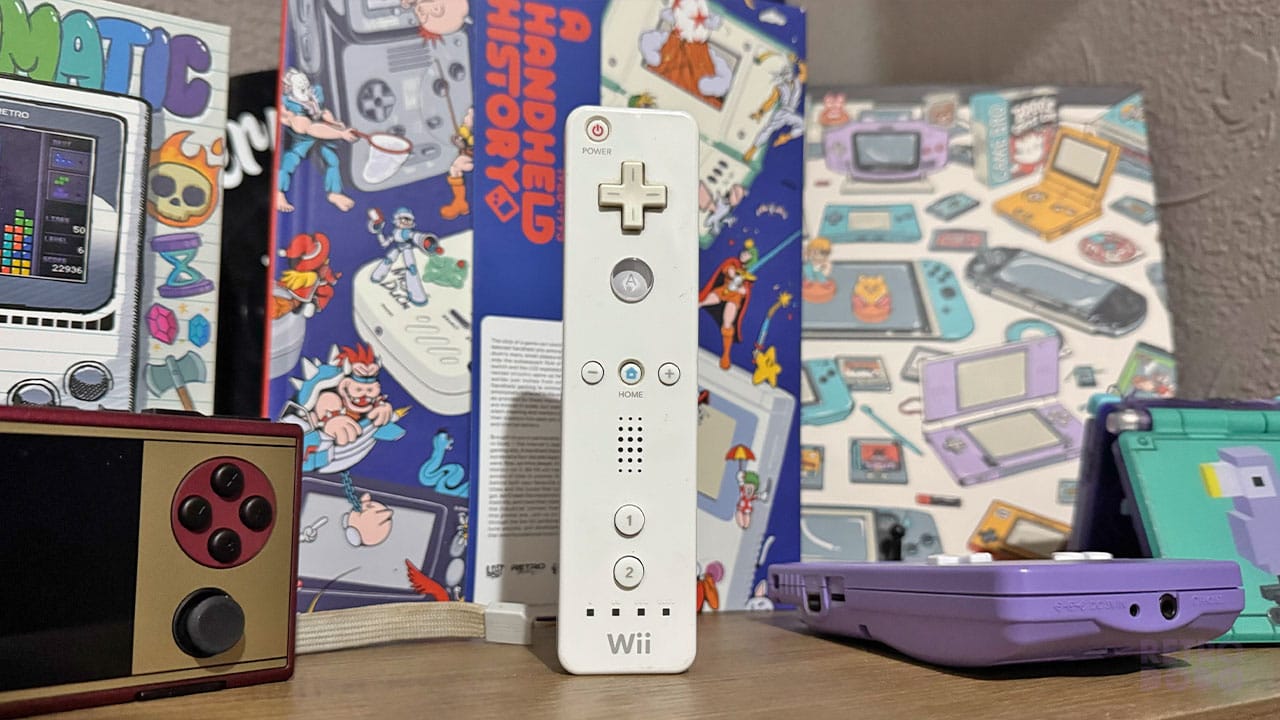
Miyamoto famously said that Nintendo created motion controls because controllers were getting more advanced and complicated and that Nintendo wanted to create a method of playing that everyone could connect with. The whole idea behind the Wiimote was that it was based on a standard TV remote, a peripheral that pretty much everyone reading this article will have used for the majority of their lives. Add the fact that it felt like a magic wand was even better - I felt like Harry Potter, just less useless.
Nintendo spent four years perfecting their motion control technology, working with a company called Gyration to perfect a controller that could be used with one hand just like a TV remote. It went through multiple various stages including having a touchscreen on the remote itself which, in hindsight, would in reality have been pointless and made everything a lot more complicated.
これがやりたかった!
— スペマRP (@spmrp) October 27, 2018
Revolution用のリモコン、ヌンチャクを入手しました。
ゲームキューブコントローラーの端子を使っているのでゲームキューブに取り付けることが出来る!(使えないけど…。)#レトロコンシューマー愛好会 pic.twitter.com/6FTaXrET1E
Did you know that there was actually a prototype made for the GameCube back in the day? Nintendo had actually hoped that the GameCube would be around for a lot longer than it was and that the console would see the same amount of success as the Wii eventually did, and the Wiimote shape and design that we know today was actually designed to work with GameCube games, though it had a cable instead of working wirelessly!
Where the Nintendo Wiimote succeeded in a world of other Motion technology devices was its use of accelerometers, little gadgets that measure acceleration. It's the same technology used in the Game Boy Color game Kirby Tilt & Tumble and a standard feature in every other motion control device today. The motion controls might have been a little cumbersome when playing Skyward Sword (let's not talk about that too much), but when it came to Mario Kart, they were perfect!
Now that we're in the age of the Nintendo Switch, we've moved on from the winning formula of Wiimote to the palm-friendly joycon, but that same immersive experience remains, that same chance to tilt and swerve around corners with either loose joycons in your hands or while holding the Pro Controller. The legend of the Wii Wheel also lives on in the form of the Joycon wheel, though nothing, and I mean nothing, can compare to that argument-inducing white plastic wheel that defined the noughties, the saviour of all the controller tilters across the globe!


